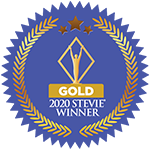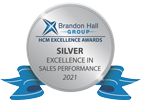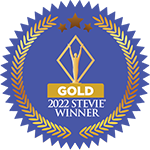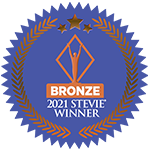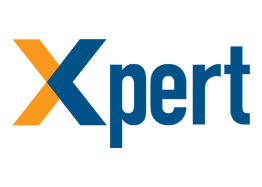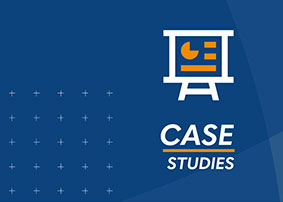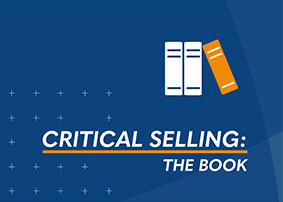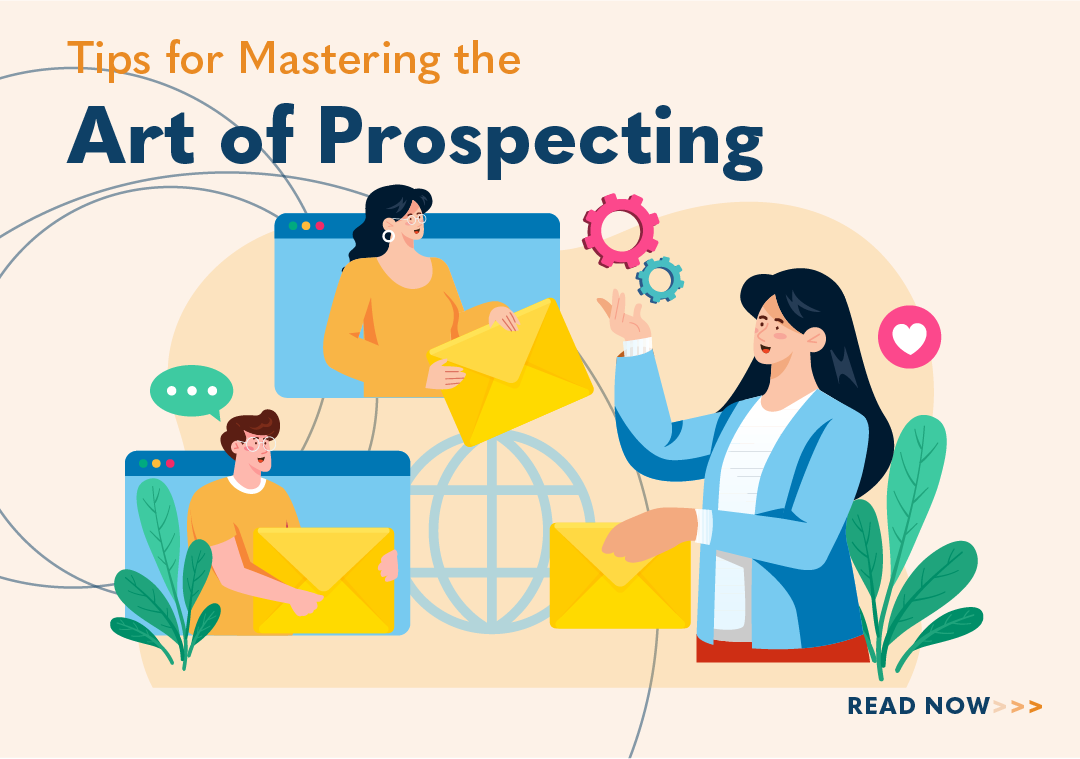You may have felt the frustration of long customer-service waiting times or wrestled with the inefficiency of a particular product. You and your sales team can use these pain points to your advantage. Addressing your customers’ specific needs is crucial to driving sales. While some customer pain points are more obvious, such as the cost of a product or service, understanding your customer’s deeper challenges, goals and needs takes a more focused approach. This guide explores the types of pain points you can uncover and how to harness them to improve sales performance.
What Are Customer Pain Points?
Customer pain points are issues that users of a product or service encounter. This applies to your returning customers as well as new leads. These pain points are opportunities to improve the customer’s experience and convince them to keep buying or switch to your product. To find these opportunities, consider the types of pain points your customers may encounter throughout their journey.
Process Pain Points
Process pain points revolve around the efficiency of the user experience when using or buying a product or service. An example is an e-commerce site with slow-loading product pages and filters that make placing an order more difficult. Updating these pages with upgraded filters addresses this pain point by reducing friction when using or purchasing items.
Financial Pain Points
Businesses and consumers want to maximize the value they get from their purchases. Common financial pain points include a product or service being too expensive or lacking value. Optimizing this type of pain point can involve setting a transparent pricing structure or enhancing a brand or product’s unique value proposition. Another example of a financial pain point is when a business hesitates to make a significant investment in your product because they can’t justify the high-ticket price. The solution here could be to understand your customer’s needs and reframe the product as a solution to multiple pain points.
Support Pain Points
Excellent customer service is necessary for reducing churn and securing referrals. Support pain points arise when the customer service experience drops below this expected level. These include long waiting times to resolve tech issues, poor after-sales support and inadequate resources to support customer needs. Your salesforce can leverage timely, expert customer service to solve a lead’s pain points.
Product Pain Points
Any weaknesses in the product you or a competitor offers become product pain points for customers. A product that doesn’t meet customers’ needs is an opportunity to refine and explore solutions. For example, a faulty AI marketing tool designed to boost productivity actually hinders a team because of the need to revise mistakes. By improving your product or providing a better solution than your competitors, you can use these types of pain points to develop a superior product.
Other Pain Point Categories
Along with the main types of pain points, you can also categorize your customer concerns and needs in these ways:
- Emotional: Consider your customers’ emotions and use them to your advantage. They could fear falling behind competitors or be exasperated by poor conversion rates. Be empathetic and work with those emotions to understand why those pain points matter and how to market a particular product as a solution.
- Logical: These pain points are related to processes and operations. Home in on logical pain points by demonstrating how your business can increase your customers’ efficiency.
- Organizational: Some customer pain points lie at an organizational level. Your product or service may need to meet the needs of multiple levels of decision-makers or stakeholders.
Why Customer Pain Points Matter in Sales
Pain points allow your sales team to increase their understanding of customer needs and give them an alternative way of approaching sales using a customer-centric method. Customer-centric selling using pain points offers many advantages, including:
- Use resources effectively: Pain points show what matters to customers, so you can build impact-driving solutions that prioritize their most pressing issues.
- Show expertise: Listening to your customers can help you develop solutions using pain points that position your brand as a leader in your area. By deploying your company’s relevant experience, your sales team can speak the language of your audience and be more convincing when closing leads.
- Reduce churn: Uncovering pain points can help reduce churn by identifying why customers stop using a product or service.
- Increase loyalty: Addressing your customer pain points quickly means that even when problems do occur, customers are likely to be more loyal because they trust that your brand will come up with a solution.
- Get it right first time: By anticipating pain points when developing new products or services, you can meet your customers’ needs the first time, reducing the workload of making things right through customer service or tech support.
- Stay up to date: Regularly monitoring how your client base’s needs change over time can help you keep your brand and products relevant.
How to Identify Pain Points
There are many methods for finding pain points. We’ve included some of the most common, along with the best practices for uncovering powerful pain points.
Use Customer Journey Mapping
You can use customer journey mapping to visualize all the ways a customer interacts with your brand up to and past the point of purchase. This method helps track all your channels, from social media to SMS marketing and phone calls. You can begin mapping at the awareness stage through to long-term loyalty.
A current state map is a good way to uncover pain points in various areas by stepping back to see the entire sales process as a whole. Use this customer journey map to see how effective your sales cycle is now. It may also be helpful to consider a future state map if you want to meet the needs of a new target audience.
Best practices for customer journey mapping include having a clear goal for a particular area of the sales cycle you wish to map. For example, you may want to find the pain points behind abandoned carts.
Gather Customer Feedback
There are many ways to communicate with past, current and prospective customers to uncover pain points. Customer research methods include:
- Surveys: Create good-quality surveys with open-ended questions rather than multiple-choice answers to allow customers to give more specific feedback and dig deeper into their pain points. You can offer an incentive for completing a survey to encourage busy customers to spend time giving feedback.
- Interviews: Talking directly to your customers is a great way to gather feedback because you can ask follow-up questions to ascertain their needs. Polish up your interview techniques, such as being an active listener. Pay attention to the client’s body language, tone and emotions while being empathetic and patient. Use carefully crafted open questions to gather the right information to find pain points.
- Focus groups: Bringing together your customers to share common challenges can help you find the most important or prevalent pain points. Focus groups work best with a trained moderator to ensure the data you gather is reliable.
Talk to Your Team
Your sales, customer service and operations teams are the first responders for any problems your business faces. They deal with customer pain points daily and can give you real-time data on the most important issues so you can solve them before they become major problems. Knowing your brand and its offerings inside out, your team may already have some solutions you can build with them.
Combine Data Sources
Compare the qualitative data against the quantitative data to rate just how impactful pain points are. This comparison ensures you gather feedback from your whole customer base rather than a few more vocal users. The data and feedback you collect depend on what part of the sales cycle you monitor and how granular you wish to go.
Some examples of the quantitative data sources you can use to help analyze pain points include:
- Customer satisfaction scores
- Churn rate
- Ticket response rate
- Product ratings
- Abandoned carts
During the data analysis stage, you could use AI to assist you in spotting common trends in customer insights or even predict future behaviors to anticipate future pain points. Use AI to flag any patterns and have a human team member verify any pain points raised.
How to Use Pain Points to Boost Sales
Once you’ve gathered your customer pain points, you need an approach to develop solutions.
Approach
You may encounter various pain points at different stages of your customer’s journey, all with different urgencies and impacts. So start by addressing the most significant pain points first. These may be the issues that, if corrected, can drive the most revenue for your business. Or they may be a wide-scale issue that affects the most users, and fixing them could increase long-term loyalty. It depends on your sales team’s goals.
When you’ve found your most pressing pain points, make small changes with major impacts. Before investing in a new technology, make minor optimizations for the biggest impact. This is an opportunity to save time and resources and streamline operations, all while solving pain points for your customers and driving sales.
Think about scale in your approach, as some solutions could involve bigger-scale items to help your business level up while addressing or eliminating old pain points. At some point, your team’s productivity or efficiency may not be enough to cope with demand. Solving the pain point of longer support times may require a bigger investment, such as employing more staff or switching to a different outsourcing provider.
Pain Points and Types of Selling
Tapping into pain points requires a different psychology in selling. Some of the following terms are closely associated but can be helpful when thinking about implementing pain points in your sales strategy:
- Benefits-driven selling: This is selling a product based on its benefits rather than its features or price. Your sales team can move away from listing facts or figures about your product or service and instead focus on how the product solves your customer’s needs. This type of selling overlaps with needs-based selling for the same reason. Pain points are crucial to ensure your benefits are relevant and impactful for your target customers. Needs can change over time, so your salesforce must tailor their approach to each client’s progress.
- Customer-centric selling: Also known as the customer-centric approach, this type of selling is more about building long-term relationships with clients. The salesperson takes a supporting or consultive role in the process. This process can also be two-way, as by listening to your customers’ pain points, you can tailor and develop your product together, delivering more value for all parties. A Forbes study found that 49% of 2000 survey respondents stated that a customer’s relationship with a company is just as significant as its product.
Where You Can Use Pain Points
Showing your customers you understand their pain points is important for gaining their confidence. Where you solved past pain points or developed solutions to competitors’ products, you can use those pain points to drive sales.
You can flip pain points when using them to craft your unique value proposition. Make your product stand out by framing its benefits around specific pain points. For example, an accounting software brand could touch on clunky processes or product pain points of competitors’ software to position itself as a market leader by having the most integrations with other tools and easy-to-use features.
Double down on those pain points by picking out key customer reviews expressing how you’ve solved their problem. Take this a step further by reaching out to customers and asking them for a video testimonial or a written interview so you can build case studies. These testimonials show leads that you understand their pain points, which is critical for gaining their confidence and driving sales.
Drive More Sales Using Pain Points With Janek Performance Group
Pain points are a powerful way for your salesforce to focus on addressing your customers’ needs and drive sales. By taking a customer-centric approach, your team can create a more convincing pitch focusing on solutions. This method can differentiate your offerings from competitors and improve sales performance. There are many methods to gather qualitative customer feedback to compare to your quantitative data. Use your findings to focus on your customers’ most impactful pain points. If you want your sales team to optimize your customer pain points more effectively, reach out to Janek Performance Group for research-backed sales training.
At Janek, we have over 20 years of experience delivering measurable results for clients ranging from SMBs to Fortune 100 companies. We offer a wide range of sales training programs for sales teams and managers so you can deepen your skill sets. When you partner with us, you get a bespoke sales training solution based on interviews with the key members of your organization. We remain at the peak of our industry, keeping pace with trends and updating our resources so you can gain the edge on your competitors. Get started today.
